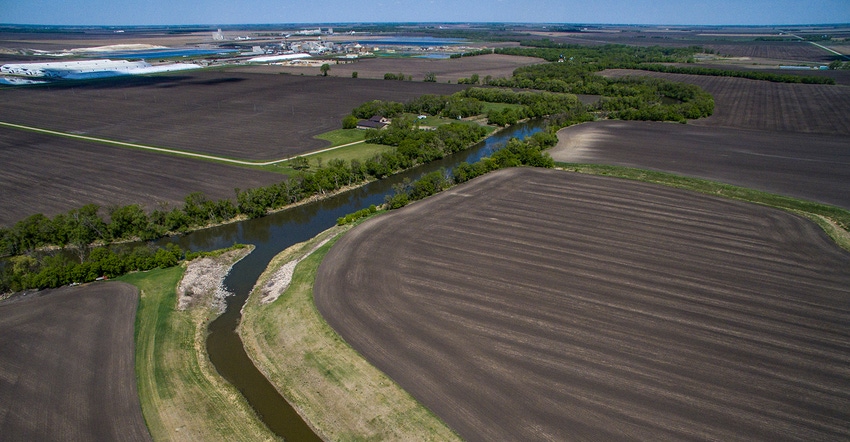
The Minnesota Pollution Control Agency last week released its first study of water quality, fish and insects in the Red River.
Monitoring was done from the river’s headwaters near Breckenridge and up to the Canadian border. Overall, the Red River is 550 miles long, with 400 miles on the U.S. side. It flows north, ending at Lake Winnipeg in Canada. About 17,800 miles of streams in Minnesota flow to the river.
MPCA officials say fish and insect populations in the river are doing okay, although they would be healthier and more diverse, especially in tributaries with high sediment and nutrients, if actions were taken to improve conditions.
MPCA officials note evidence of concern in the following:
• Increasing flow across the Red River basin. Landowners have drained wetlands and ponds while installing extensive tiling and ditch systems. Changing climate has brought heavier rains. At Grand Forks, MPCA says flow appears to be increasing five times faster than precipitation over the last seven decades. The agency also notes that the Red River basin is one of the most artificially drained areas in the world with a network of ditches, altered streams and agricultural tiling systems.
• Nitrogen levels have been creeping up. Although still below the health concern for drinking water, MPCA says nitrogen levels are creeping up at three sites in the Red River basin: Kragnes, Minn., Hendrum, Minn., and Robbin, Minn. Numerous communities, including Fargo, Minn., and Moorhead, Minn., draw water from the Red River and treat it for drinking. The river is also susceptible to contamination from activities such as spills and leaks, stormwater runoff, and a wide range of contaminants either from runoff or shallow groundwater in-flow. As the river flows north through more cultivated and drained land, habitat declines along with the number of fish species, from 22 near the headwaters to 13 near the Canadian border.
• Phosphorus and sediment are consistently high yet stable. MPCA says some watersheds, such as the Otter Tail River, have lower pollutant levels because of geography and land use. Row crops are a major land use in the Otter Tail River watershed, and there are significant natural wetlands, grasslands and forests — much of which is in protected status because of local efforts.
MPCA notes that many of the Red River’s problems can be traced to flow levels. During spring runoff and rain events, too much water flows through its tributaries and into the river. At other times, there is too little or no water in the tributaries.
When waters are high, pollutants such as sediment, nutrients and bacteria flow with them. The high nutrient levels contribute to the severe algae downstream in Lake Winnipeg on the Canadian side of the basin.
Jim Ziegler, MPCA Detroit lakes regional manager, said in a news release that the Red River region is one of the most productive farming areas in the world, and that the agency wants farmers to remain productive.
“Farmers, watershed districts, state agencies and other organizations are working together to improve and protect water quality while still maintaining high levels of agricultural productivity,” he said.
MPCA officials in the report recommend the following actions to protect and restore Red River water quality:
• Invest in water storage, such as methods that filter and store rainwater, leading to cleaner water in rivers.
• Manage drainage with outlet controls, grass waterways, ditch buffers.
• Improve fertilizer and manure management.
• Build soil health to help the land absorb water during heavy rains. Consider cover crops and reduced tillage.
• Invest in community wastewater treatment.
• Prevent runoff with flood mitigation projects.
You can read the full report online.
About the Author(s)
You May Also Like






